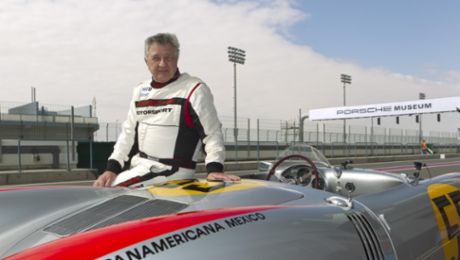Rhineland-Palatinate is a hotbed of cultural attractions. Seven UNESCO World Heritage sites dot the German federal state, and the Volcanic Eifel Nature and Geopark is recognised as a UNESCO Global Geopark. Rhineland-Palatinate is one of Germany’s biggest wine exporters. Thanks to the Rhine, cultural exchange between northern Europe and the lands bordering the Mediterranean began early. The river has served not only as one of the most important transport routes in Europe, but also as a source of inspiration for writers and thinkers, painters and musicians. Some artists rhapsodise about the soaring vineyards, while others wax lyrical about the region’s castles and fortresses. The Rhine unites both states and people of fine taste.
6.37 m
The wall between the vestibule and nave of Speyer Cathedral is 6.37 metres thick.
5.4277°
The bell tower in Gau-Weinheim near Mainz leans at an angle of 5.4277 degrees. This makes it the most tilted tower in the world, out-tipping the famous Leaning Tower of Pisa by 1.45 degrees.
816.32 m
Erbeskopf in the Hunsrück range is 816.32 metres high, making it the highest mountain in Rhineland-Palatinate.
295 km
The Rhine flows through Rhineland-Palatinate for 295 kilometres. All told, this great European river measures 1,249 kilometres in length. Once a symbol of division, today the waterway connects nations.
52 m
Lake Laach in the eastern Volcanic Eifel region is 52 metres deep. This crater lake of a dormant volcano is the best-known and largest maar in Rhineland-Palatinate, with an area of 3.3 km².
19,854.21 km²
The federal state has an area of 19,854.21 km² – 7.7 times the size of neighbouring Saarland.
42
per cent of the state is forested. This makes Rhineland-Palatinate one of the most heavily forested states in Germany.
132 m
The Lorelei near Sankt Goarshausen rises 132 metres above the Rhine. The slate rock wall is part of the Upper Middle Rhine Valley UNESCO World Heritage Site, which stretches for over 65 kilometres of the river.
9
people live in the hamlet of Dierfeld in the Volcanic Eifel, making it the smallest municipality in Germany.
Overall, Rhineland-Palatinate has just under
65,000
hectares of vineyards under cultivation. Almost
2/3
of all German wine is produced there.1
___________________
1Total wine-growing area in Germany = 103,391 hectares


